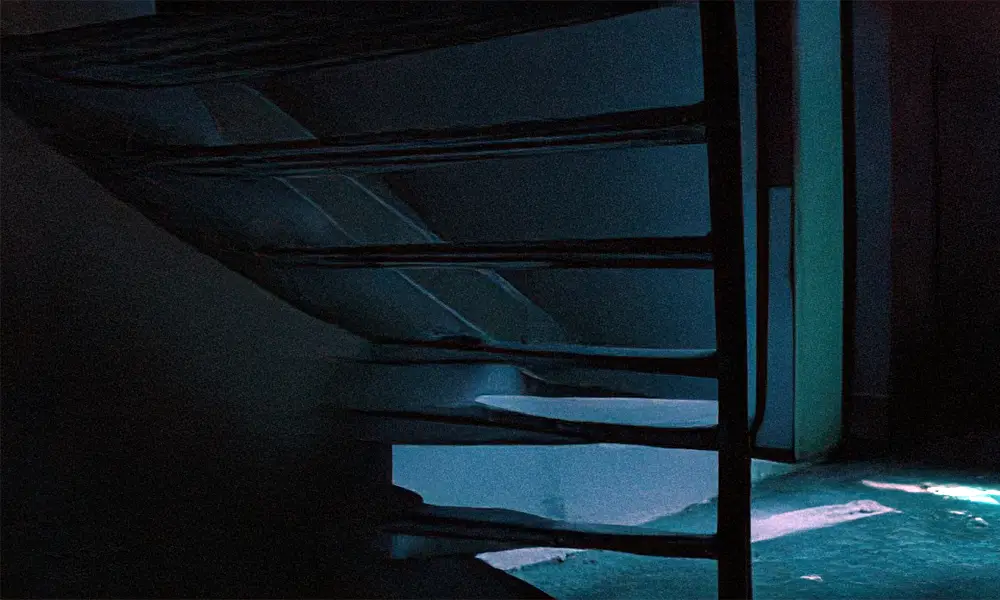 Motortopia Staff
.
March 27, 2025
.
Industry Updates
Motortopia Staff
.
March 27, 2025
.
Industry Updates

In Las Vegas, premises liability claims arise when someone is injured due to unsafe property conditions, such as slippery floors, poor lighting, or faulty stairs. However, property owners and their insurers often fight these claims aggressively, using various defenses to avoid paying compensation. They may argue that the victim was trespassing, failed to exercise reasonable caution, or that the hazard was clearly marked. Understanding these common defenses is crucial for injury victims seeking justice.
A premises liability attorney can counter these arguments by gathering evidence such as surveillance footage, maintenance records, and witness statements to prove the property owner’s negligence. They can also demonstrate that the hazard was not properly addressed, that warning signs were inadequate, or that the victim had a legal right to be on the property. With the right legal strategy, an attorney can help injured victims fight back and pursue the compensation they deserve.
A common defense often used is the assumption of risk, which states that the person who got hurt was aware of the dangers involved in an activity they willingly participated in. For example, trespassing on a construction site without permission may show that the person accepted the risks.
Another common defense is comparative negligence, which implies that the person who got injured shares some blame for their injuries. For instance, if someone visits a store and slips but is distracted by texting and not attentive to their surroundings, the owner of the property could claim that the visitor’s lack of attention contributed to the accident.
Homeowners frequently assert that the danger leading to harm was readily apparent and easily noticeable by anyone at the scene of the incident. If a hazard is visibly clear and conspicuous to all observers in the vicinity, it is assumed that individuals should exercise precautions to prevent accidents. In cases where a person stumbles over an obstacle, the property owner may argue that it is the individual’s duty to recognize and steer clear of potential dangers.
The absence of a notice defense implies that the property owner was not aware of the situation on their property. For the owner to be held accountable for any harm caused by the hazard on their property, it must be established that they were aware of or should have been aware of the risk. In case an accident happens shortly after a spill occurs, the owner could argue that there wasn’t time to address the problem.
Regarding premises liability cases, property owners have obligations towards trespassers, which are mostly centered around avoiding reckless harm. If a person enters a property without permission and gets hurt, the owner may argue that the person has no legal right to be there. This defense highlights the lesser duty that property owners have towards uninvited visitors.
In places that consider comparative fault, laws apply when determining liability. In accidents and personal injury cases, the court carefully evaluates the person’s conduct to determine if both parties may bear some blame for what occurred. If there is reason to believe that the person’s actions contributed to their harm, the compensation awarded could be modified to reflect this shared responsibility.
The time limit set by the law for taking action acts as a defense with a time frame in mind when it comes to premises liability claims in different areas of jurisdictional boundaries. If a claim is submitted after this time limit has passed, the property owner can use this to request the dismissal of the case. This defense highlights the need for acting and guarantees that legal matters are settled within a fair and justifiable period of time.
Owners of properties might claim that they have taken precautions to avoid any harm taking place on their premises by showing that they regularly maintain their property and conduct inspections while following safety procedures diligently as a way to defend themselves against any accusations of negligence in case accidents happen on their property.
In a superseding cause defense situation, intervening events interrupt the chain of causation. If an unforeseen event occurs between the owner’s actions and the injury sustained by a visitor, the owner could contend that this event is the cause of harm of the property state being responsible for the injury occurrence.
Premises liability cases entail aspects to consider deeply. Clarifying defenses sheds light on the challenges property owners encounter when dealing with assertions. Exploring these defenses provides individuals with an understanding of the nature of premises liability and the tactics used to handle these difficult situations. This awareness enables affected individuals to grasp their rights and obligations effectively in these scenarios.
Share Link